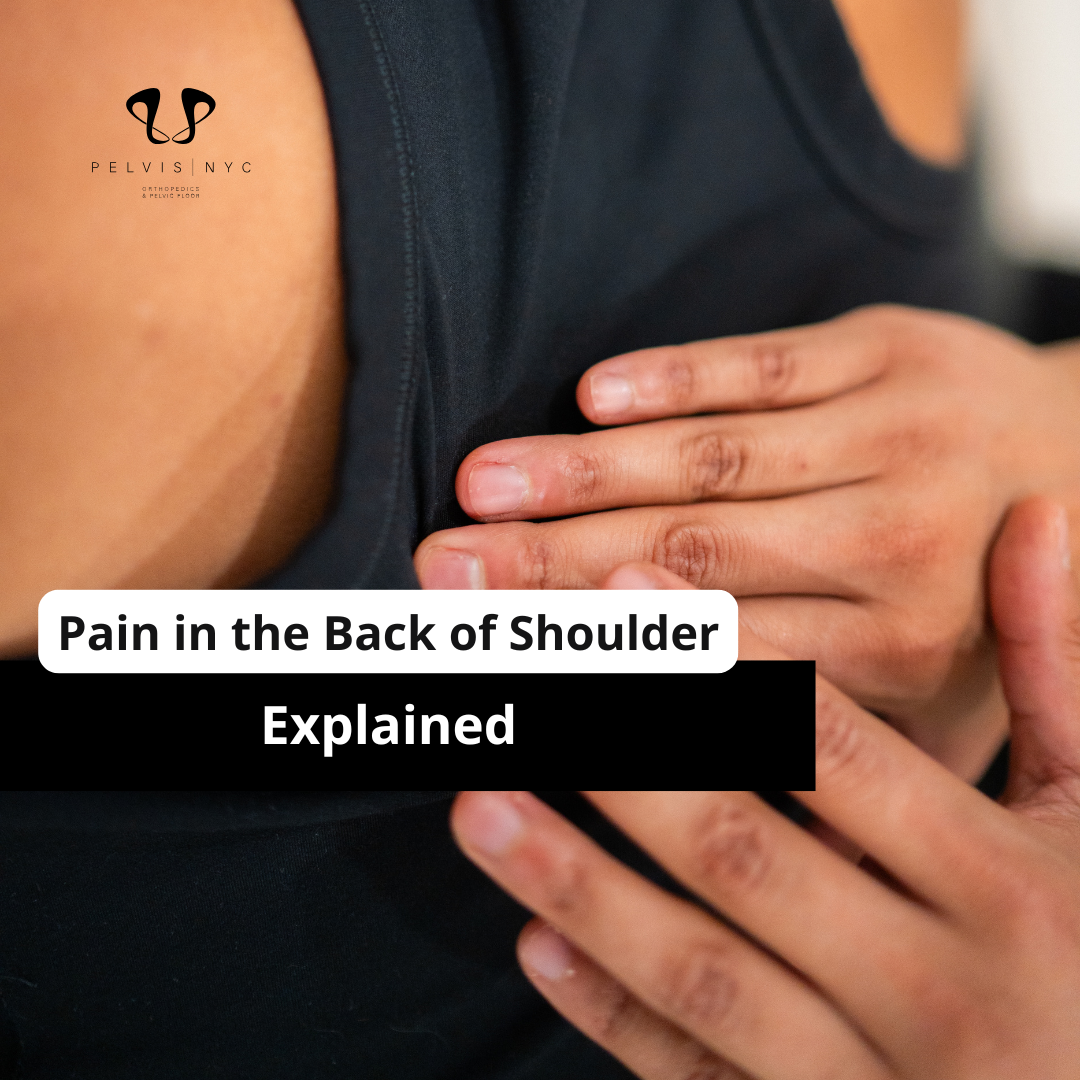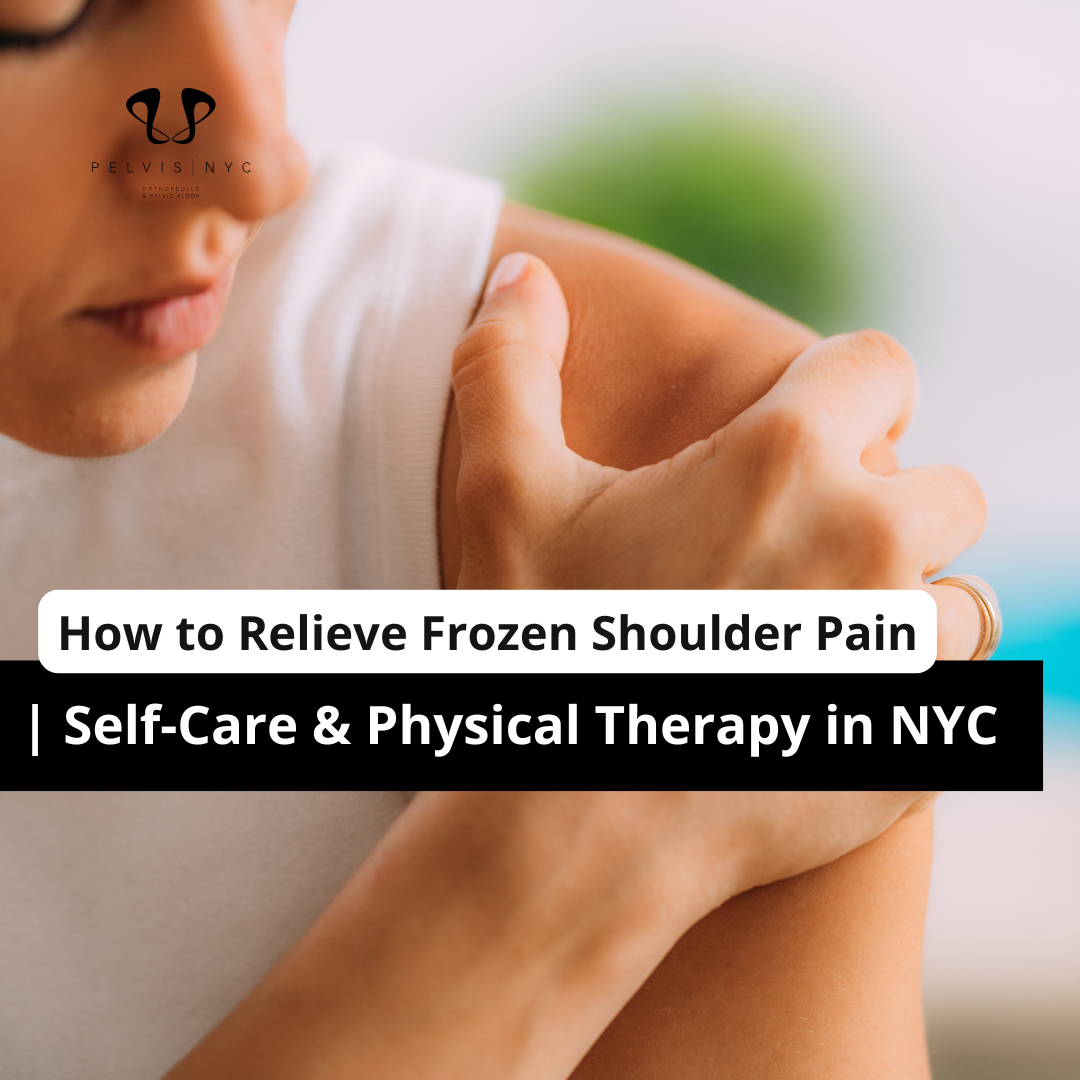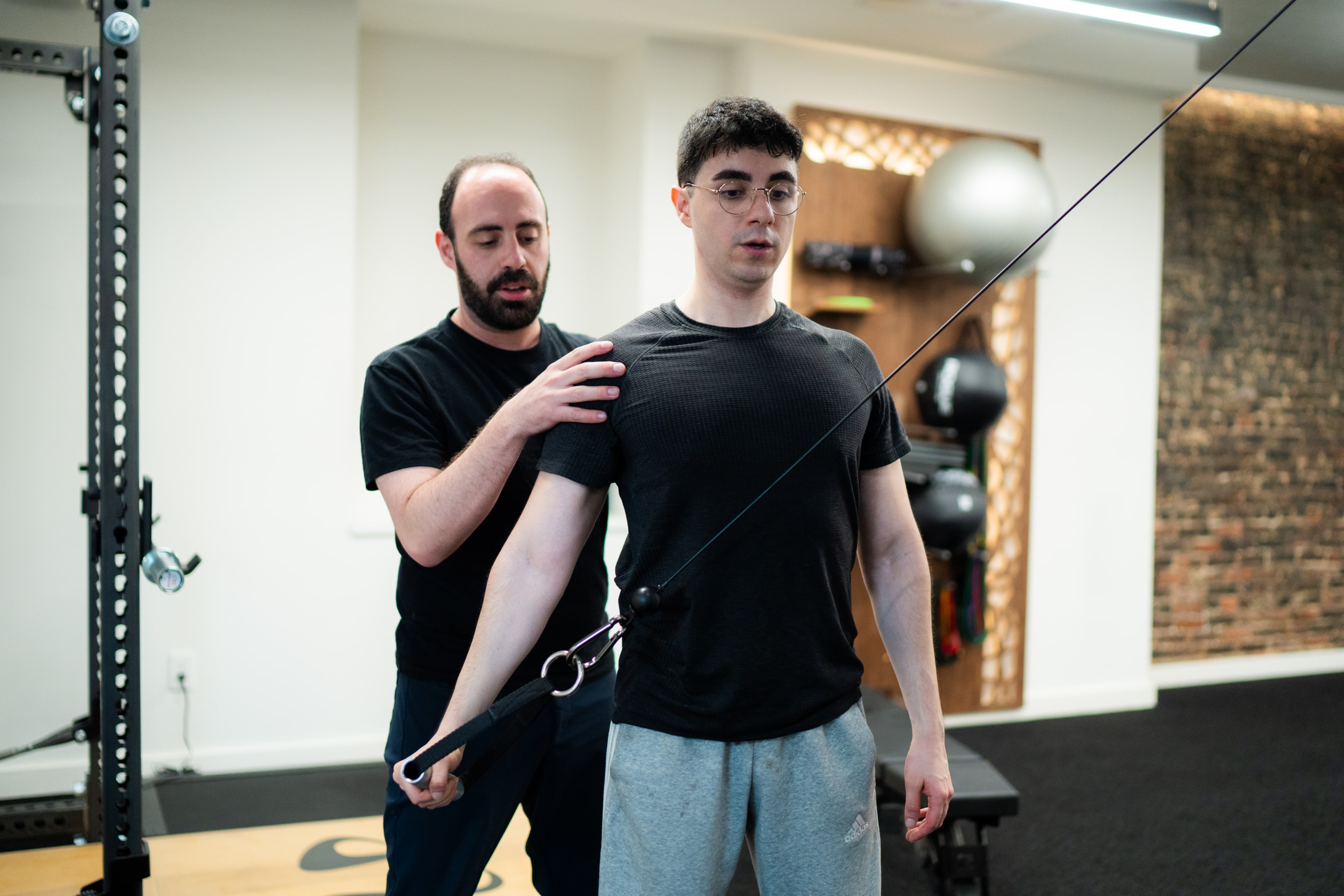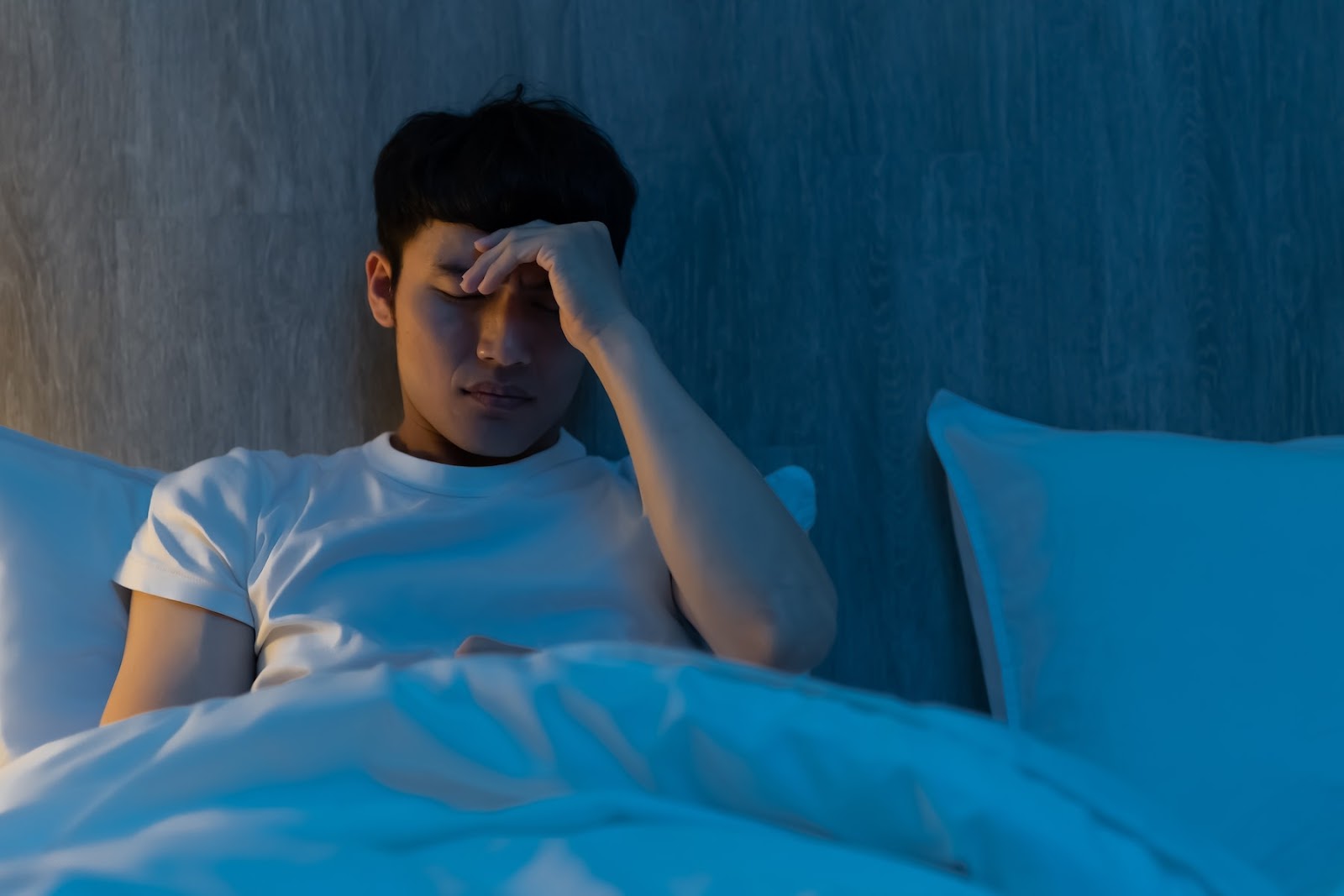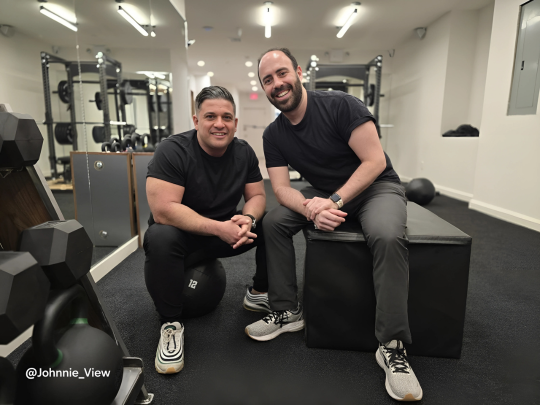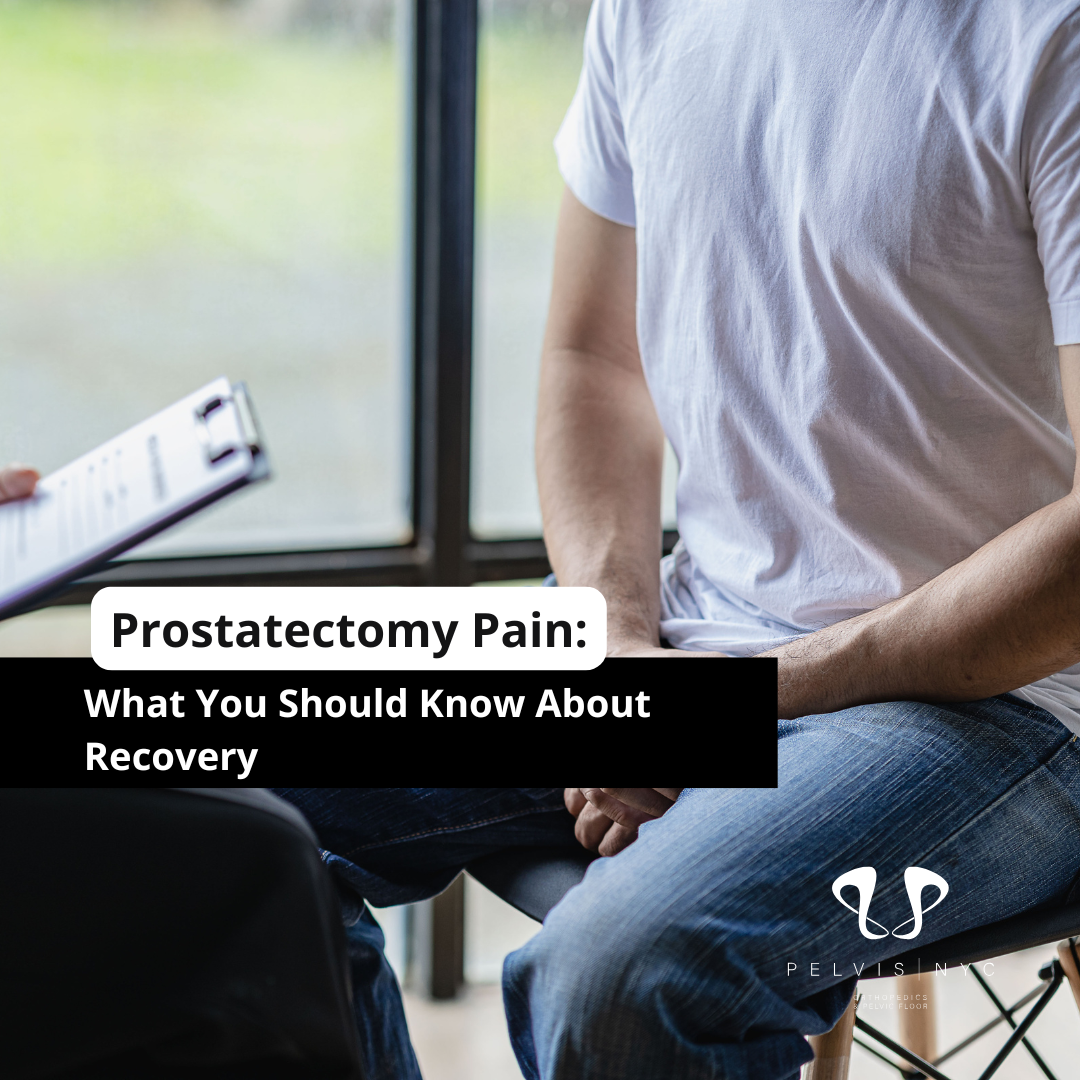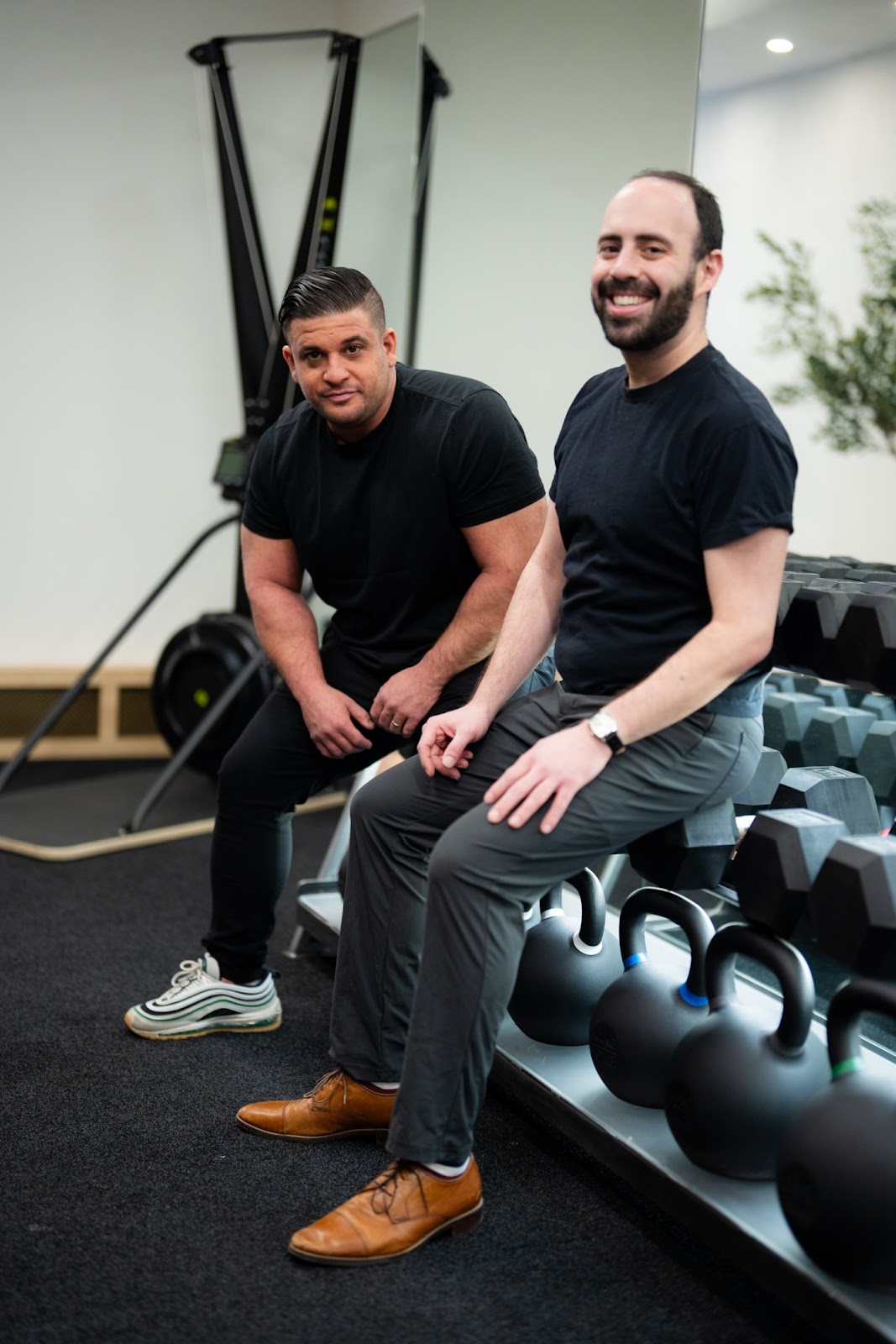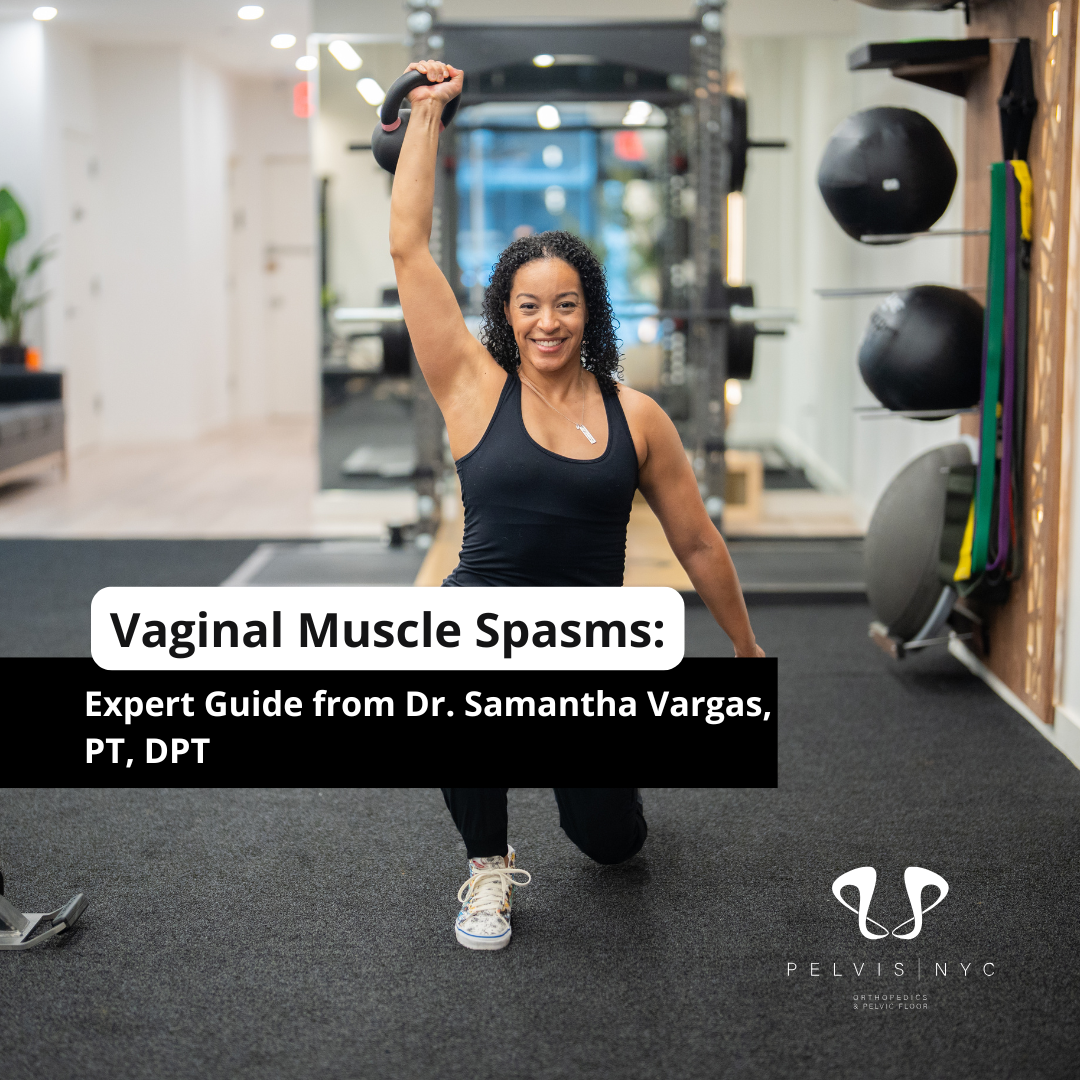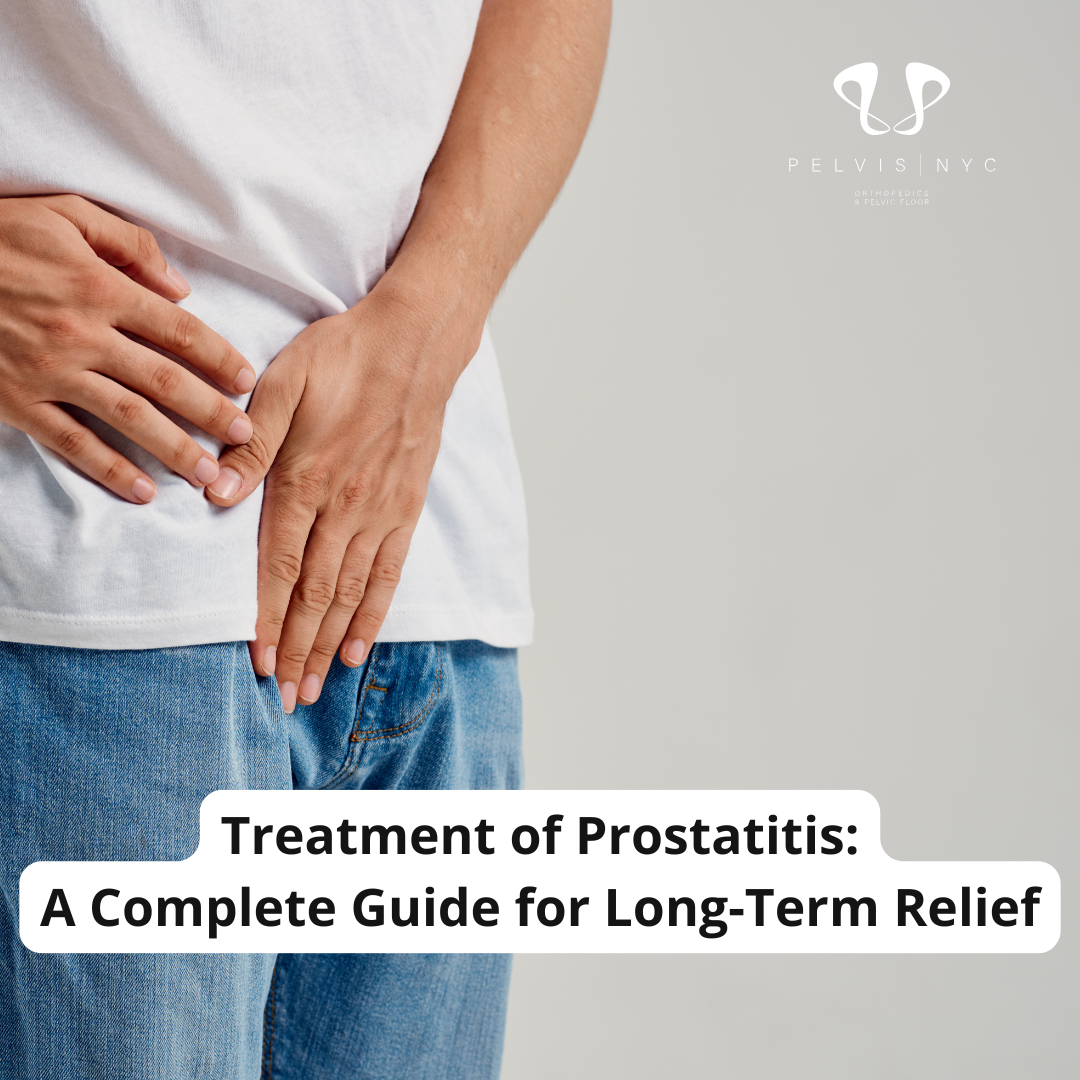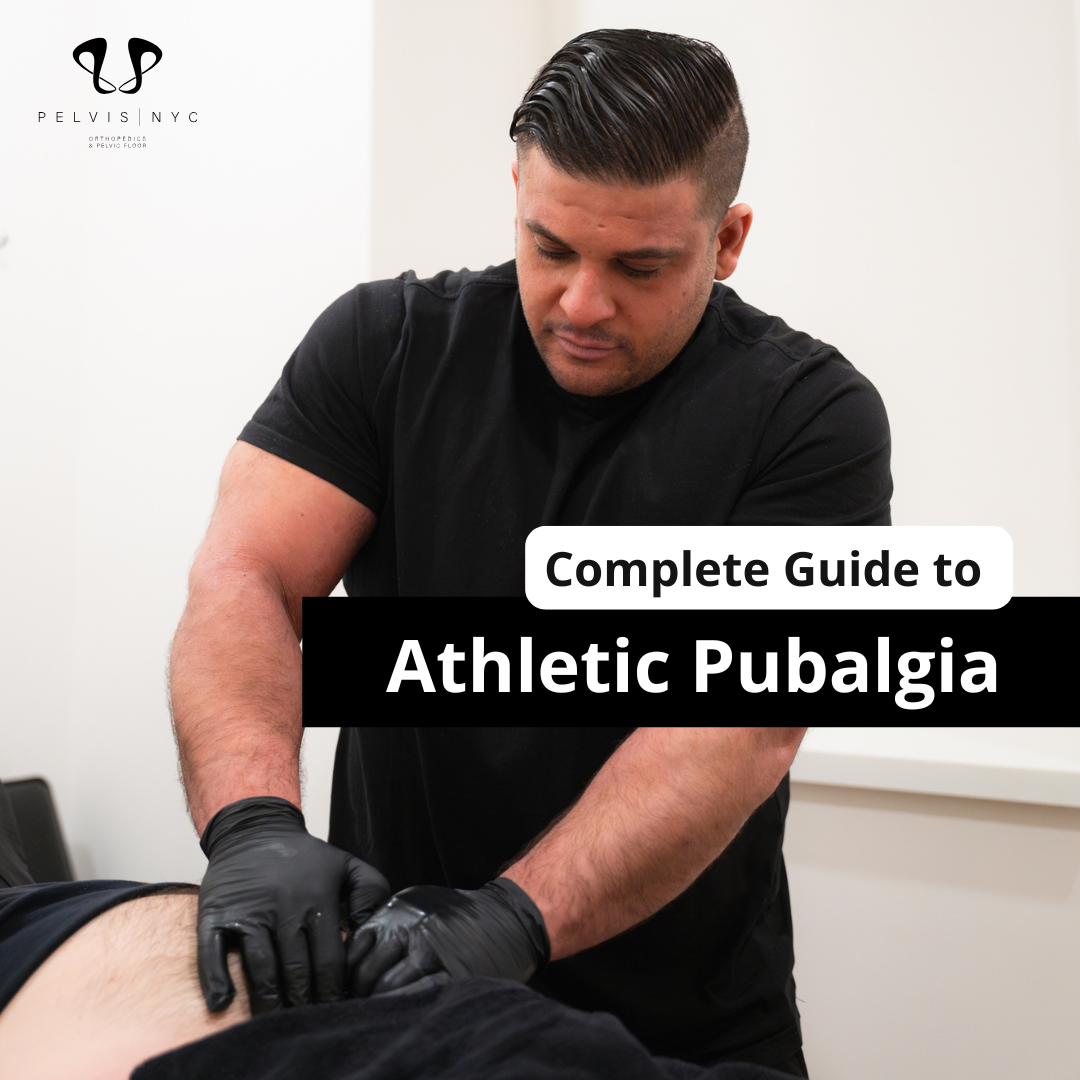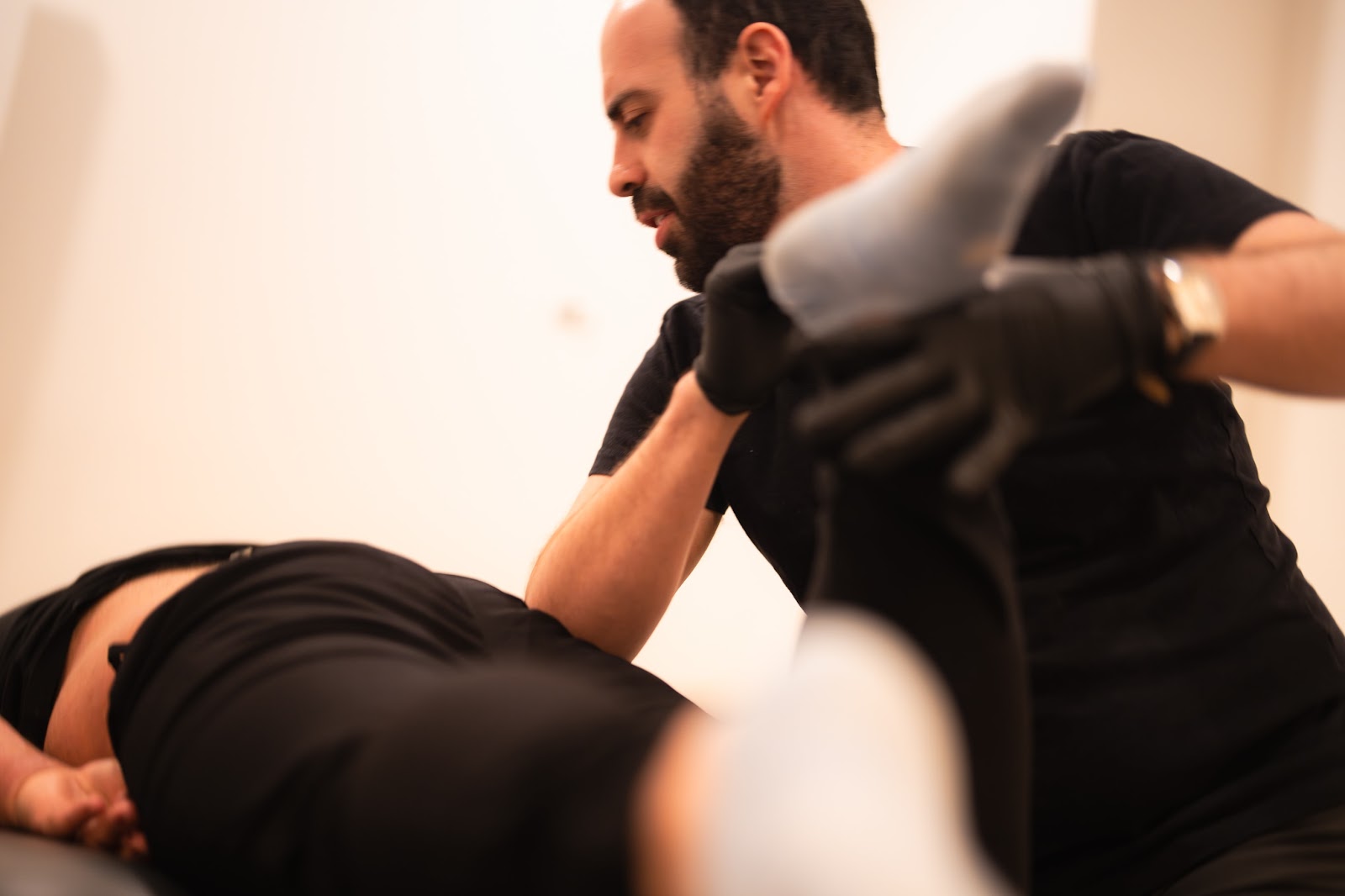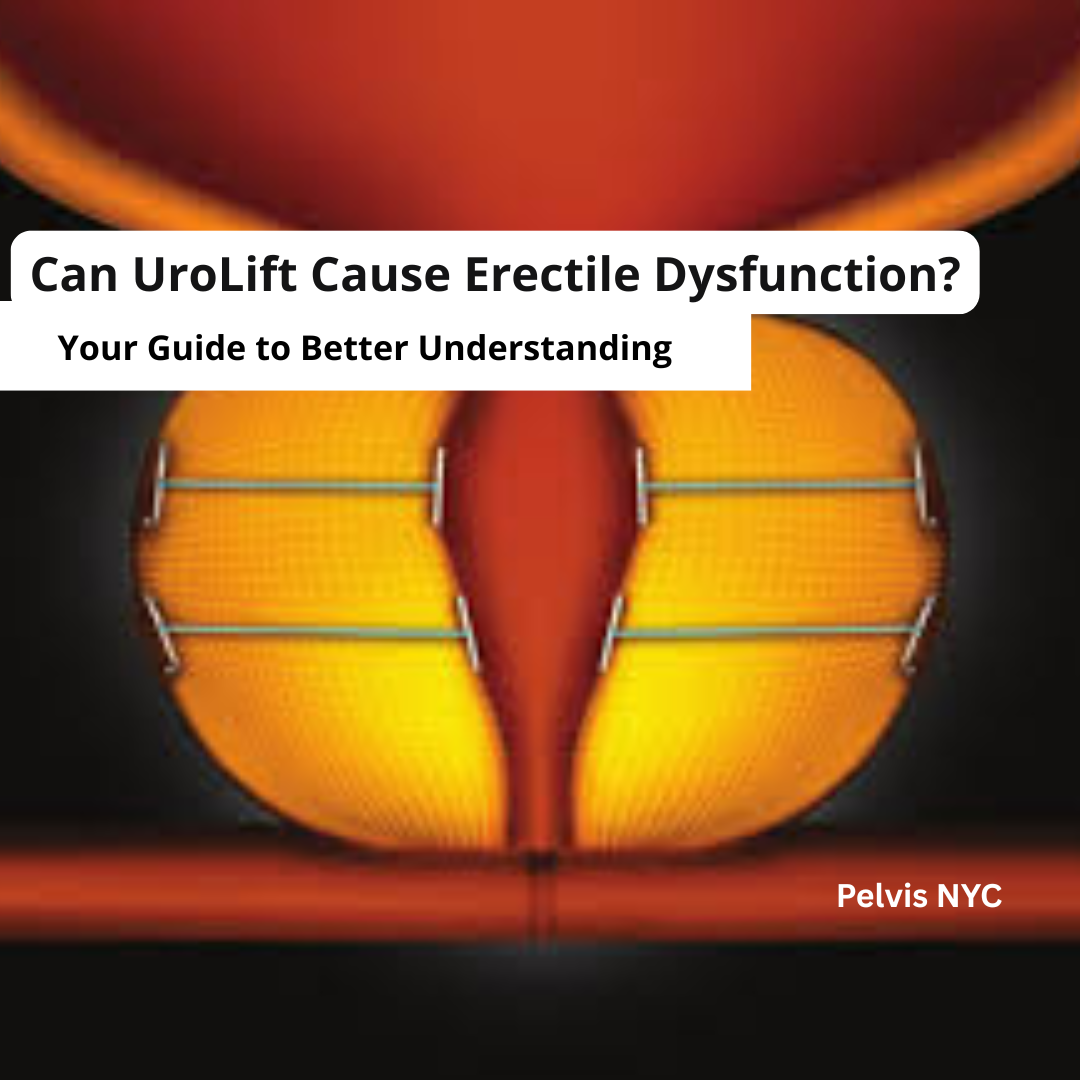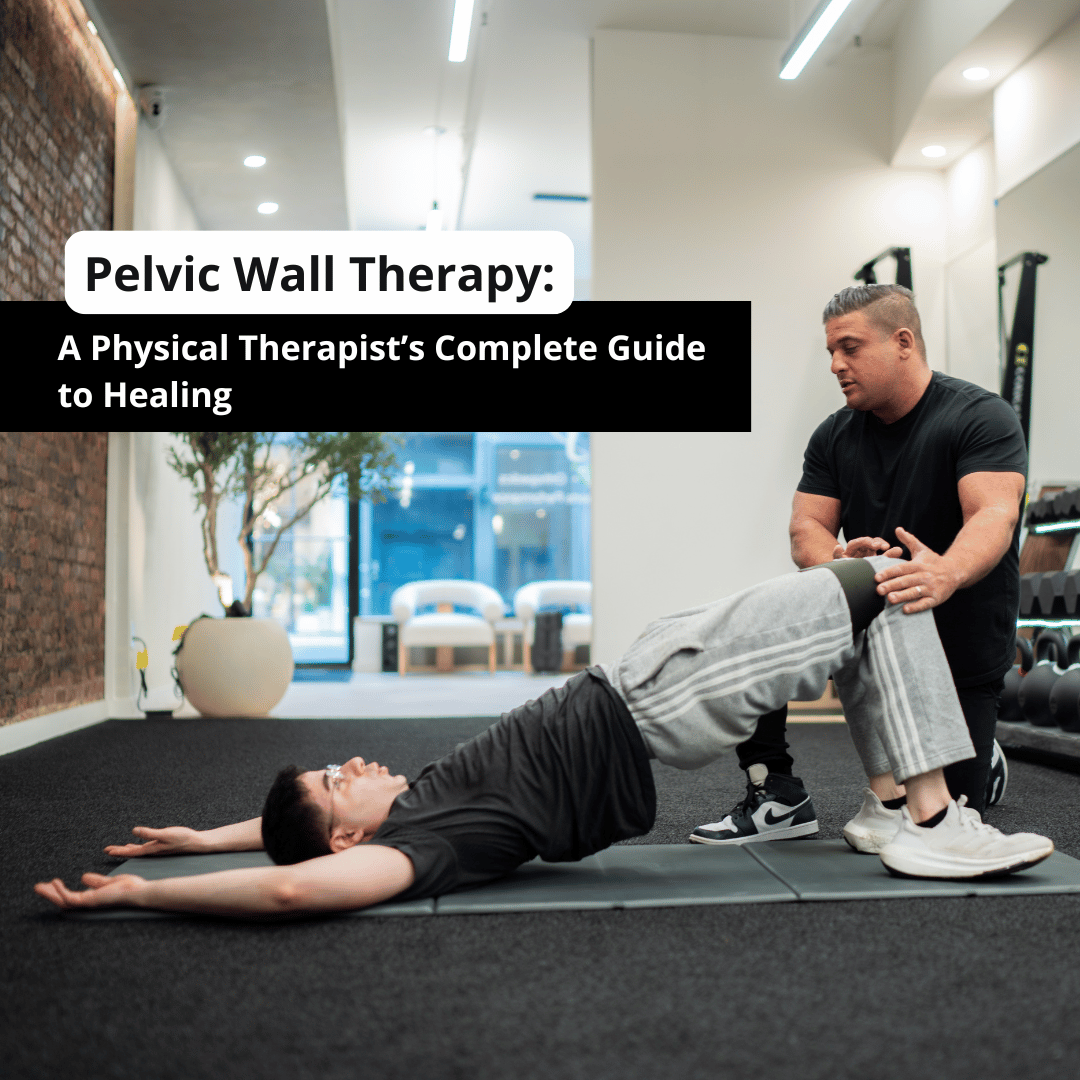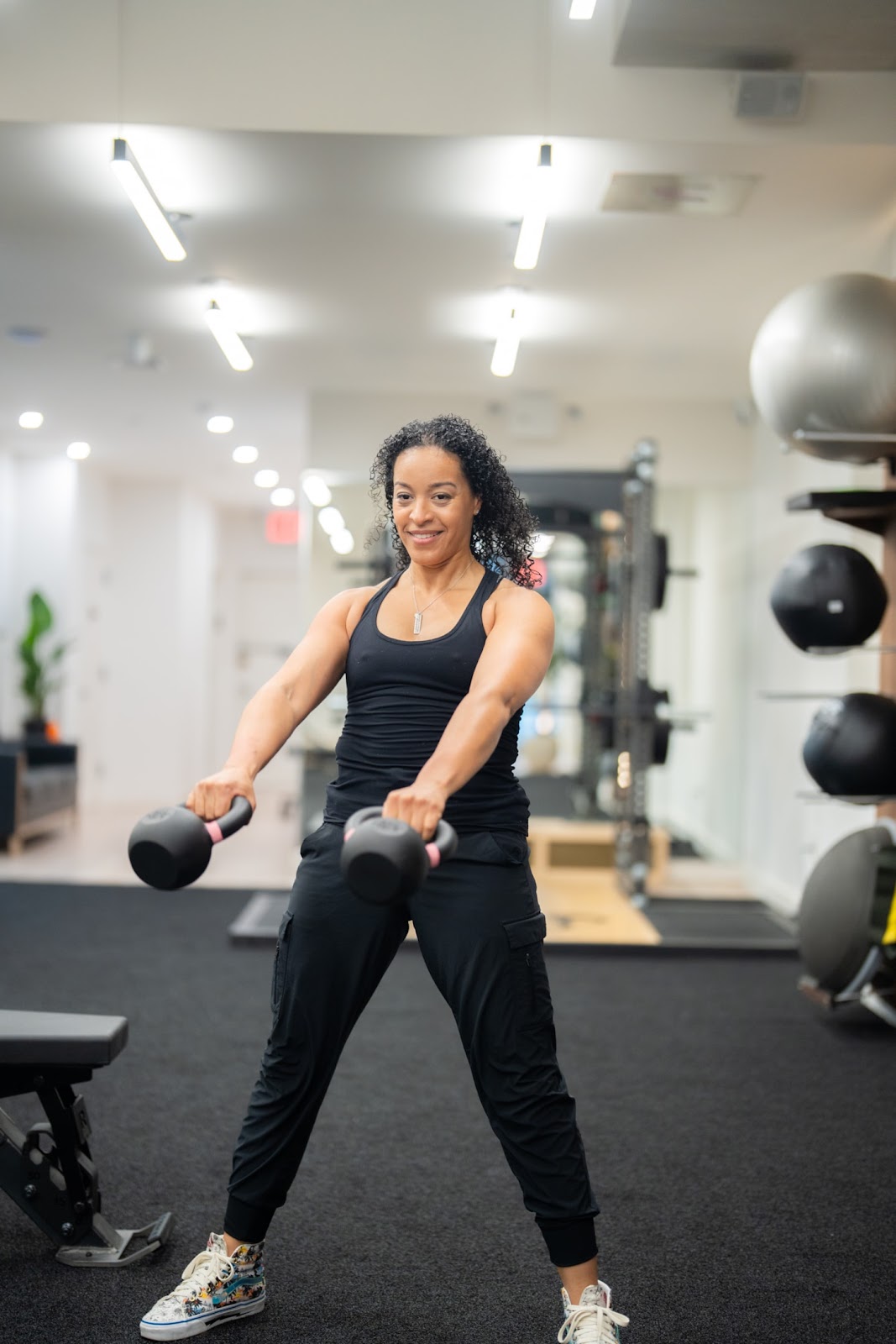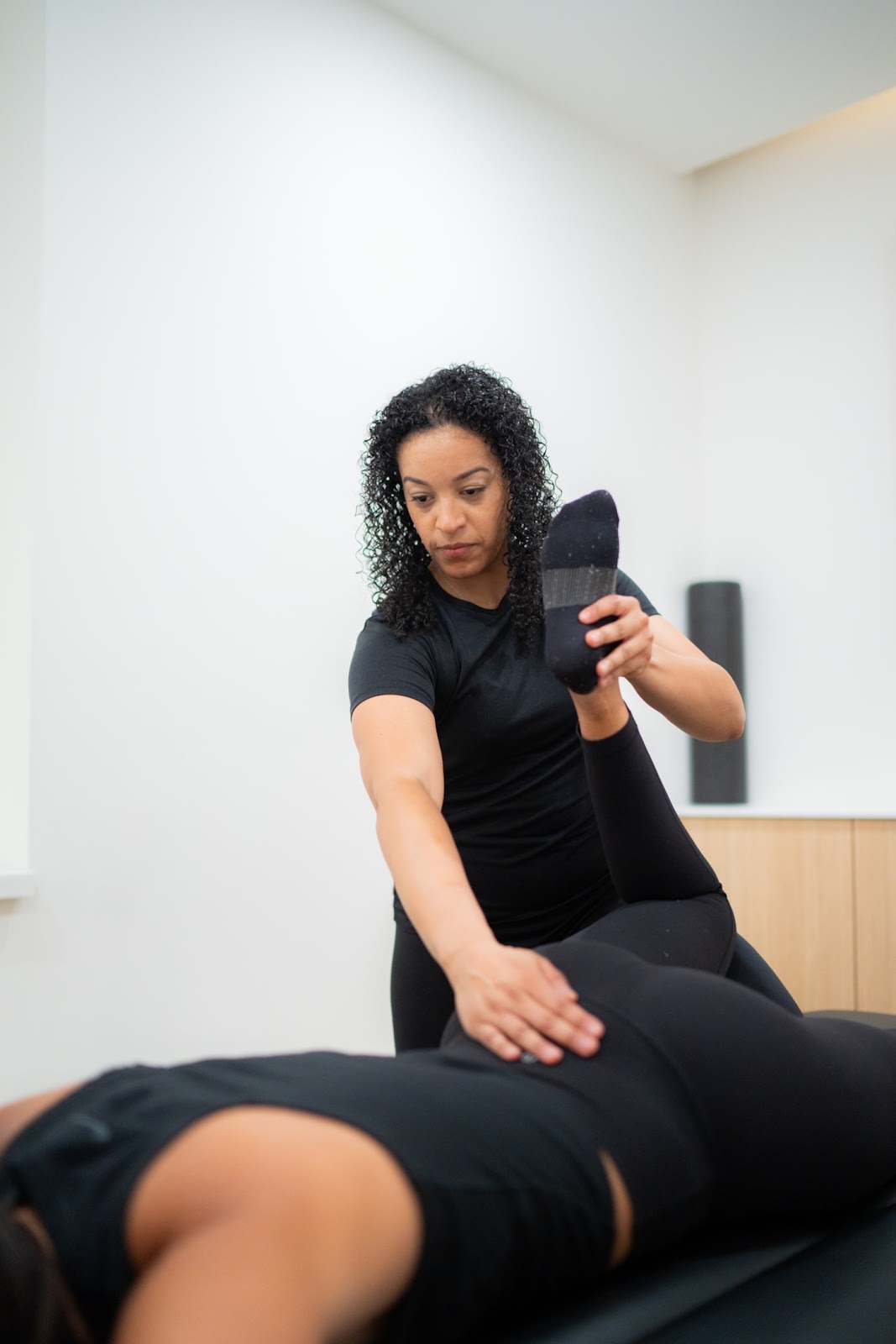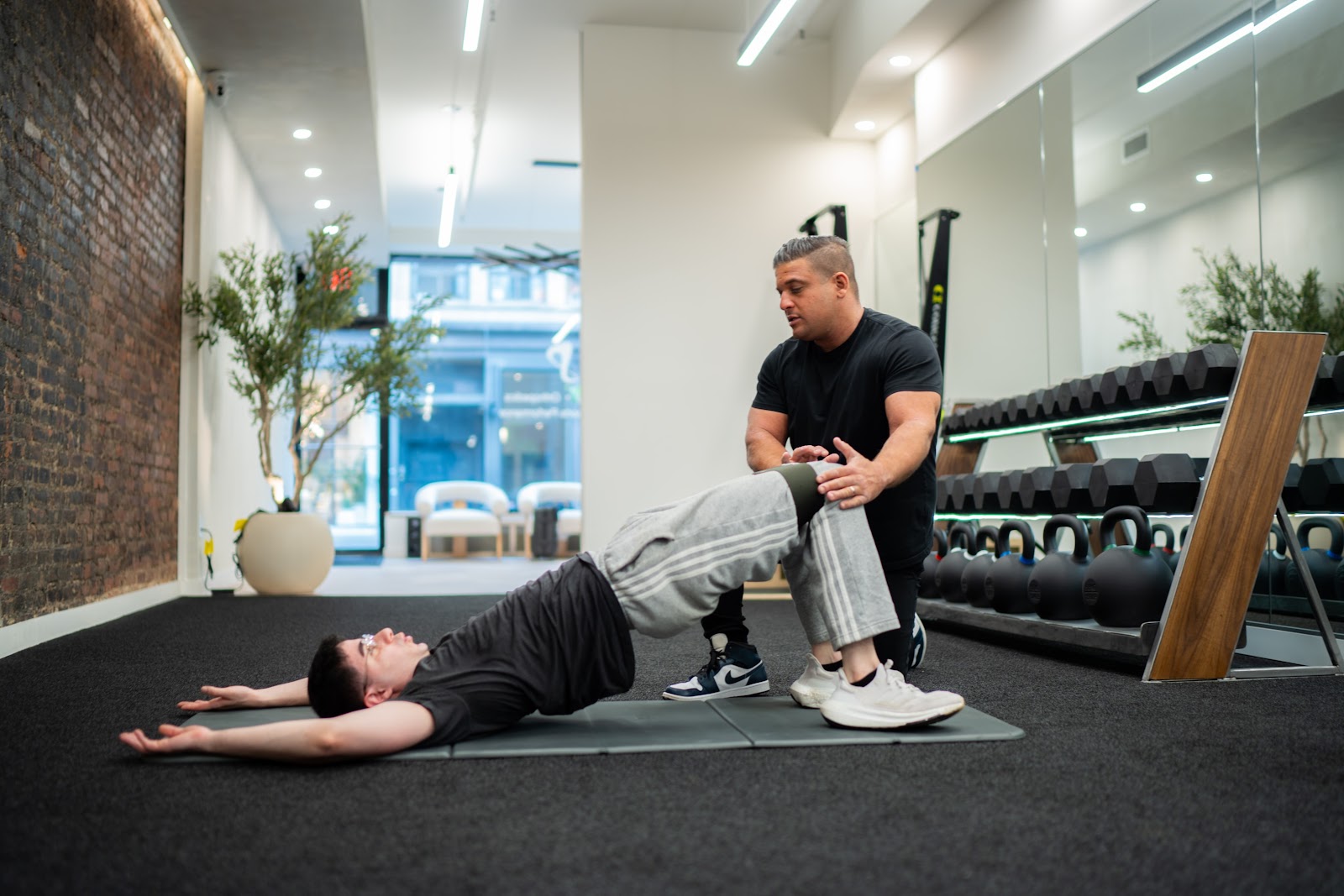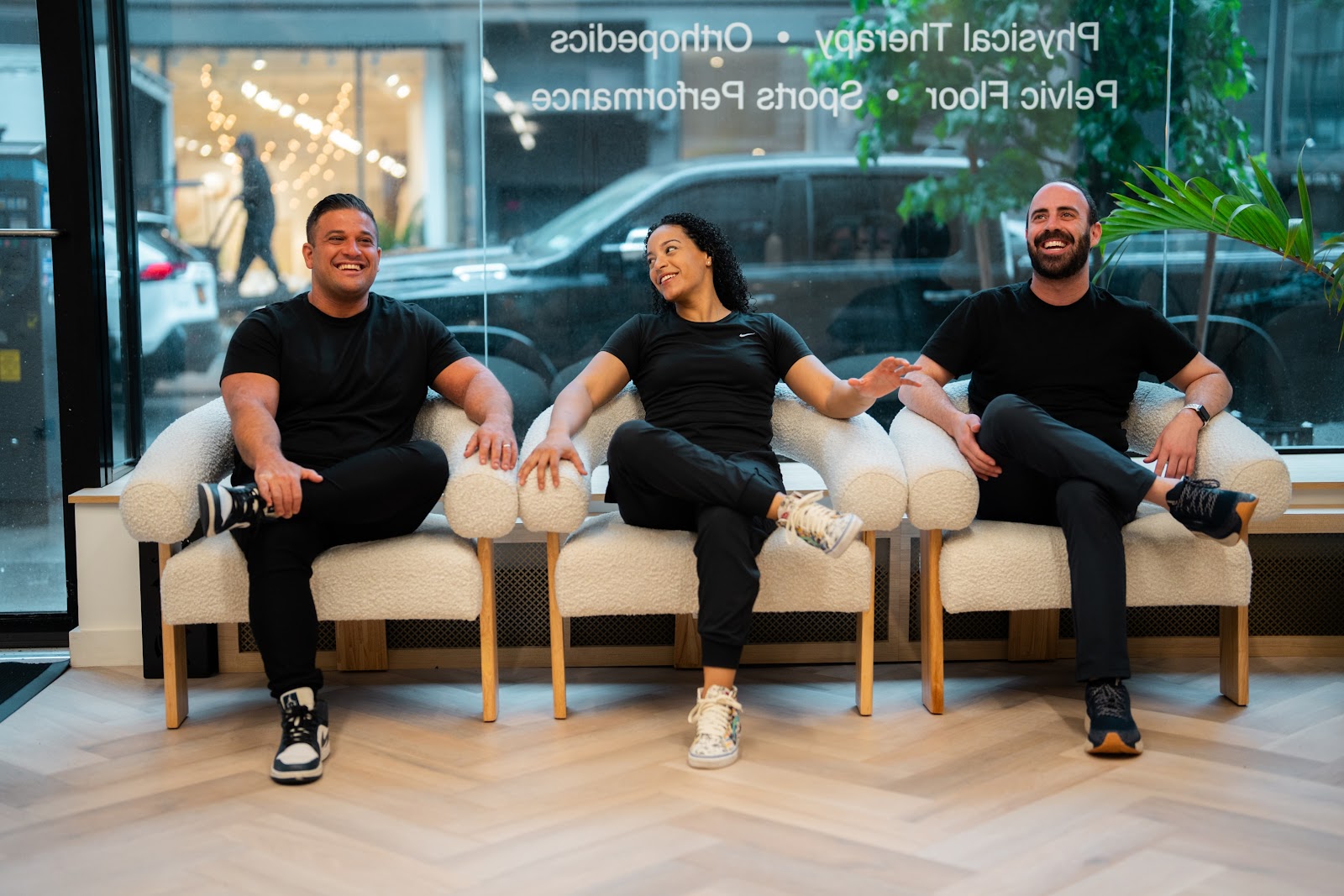Shoulder pain is one of the most common complaints I hear as a physical therapist. But few things are as frustrating as persistent pain in the back of the shoulder. This type of pain can interfere with reaching, lifting, sleeping, and even simple daily tasks like putting on a shirt. Sometimes the pain is a dull, constant ache. Other times, it radiates, pinches, or worsens with certain movements. No matter how it shows up, one thing is clear: it can affect your quality of life.
It’s important to pay attention to when pain starts. Especially if it worsens or is accompanied by other symptoms, as this can help determine when to seek further evaluation.
In this blog, I’ll walk you through the most common causes of pain in the back of shoulder, highlight related conditions, and provide actionable physical therapy and self-care strategies. My goal is to help you better understand your pain and empower you with knowledge to take control of your recovery.
Introduction
Shoulder pain is a widespread issue that affects millions of people every year, often disrupting daily life and limiting activity. Because the shoulder joint is one of the most mobile and complex joints in the body, it’s especially vulnerable to injury and strain. Common causes of shoulder pain include rotator cuff tears, shoulder blade pain, and referred pain from other areas of the body. Whether the pain is sharp, dull, or radiates down the arm, it can stem from a variety of sources—ranging from overuse and poor posture to acute injuries or underlying medical conditions.
Recognizing the root cause is crucial for effective treatment and long-term relief. If you experience severe pain, numbness, or tingling in your shoulder or arm, it’s important to seek medical attention promptly, as these symptoms may indicate a more serious problem. In this guide, we’ll explore the most common causes of shoulder pain and provide strategies to help you manage and overcome discomfort.
Understanding Shoulder Anatomy
The shoulder joint, or glenohumeral joint, is a remarkable ball-and-socket joint formed by three bones: the upper arm bone (humerus), the shoulder blade (scapula), and the collarbone (clavicle). This unique structure allows for a wide range of motion, making it possible to reach, lift, and rotate your arm in almost any direction. Surrounding the joint are layers of soft tissues—muscles, tendons, and ligaments—that provide stability and support. The rotator cuff, a group of four muscles and their tendons, is especially important for keeping the upper arm bone securely in the shoulder socket and enabling smooth, controlled movement.
However, the very flexibility that makes the shoulder so functional also makes it prone to problems. Overuse injuries, poor posture, and wear-and-tear arthritis can place excessive strain on the surrounding muscles and soft tissues, leading to pain and limited mobility. Conditions like frozen shoulder, bulging or ruptured discs in the neck, and even heart attacks can also cause pain that radiates to the shoulder area. Understanding how the three bones, the rotator cuff, and the supporting structures work together is key to identifying the source of your pain and developing an effective treatment plan. By appreciating the complexity of the shoulder joint, you’ll be better equipped to protect it, maintain good posture, and restore a healthy range of motion.
Pain in the Back of the Shoulder
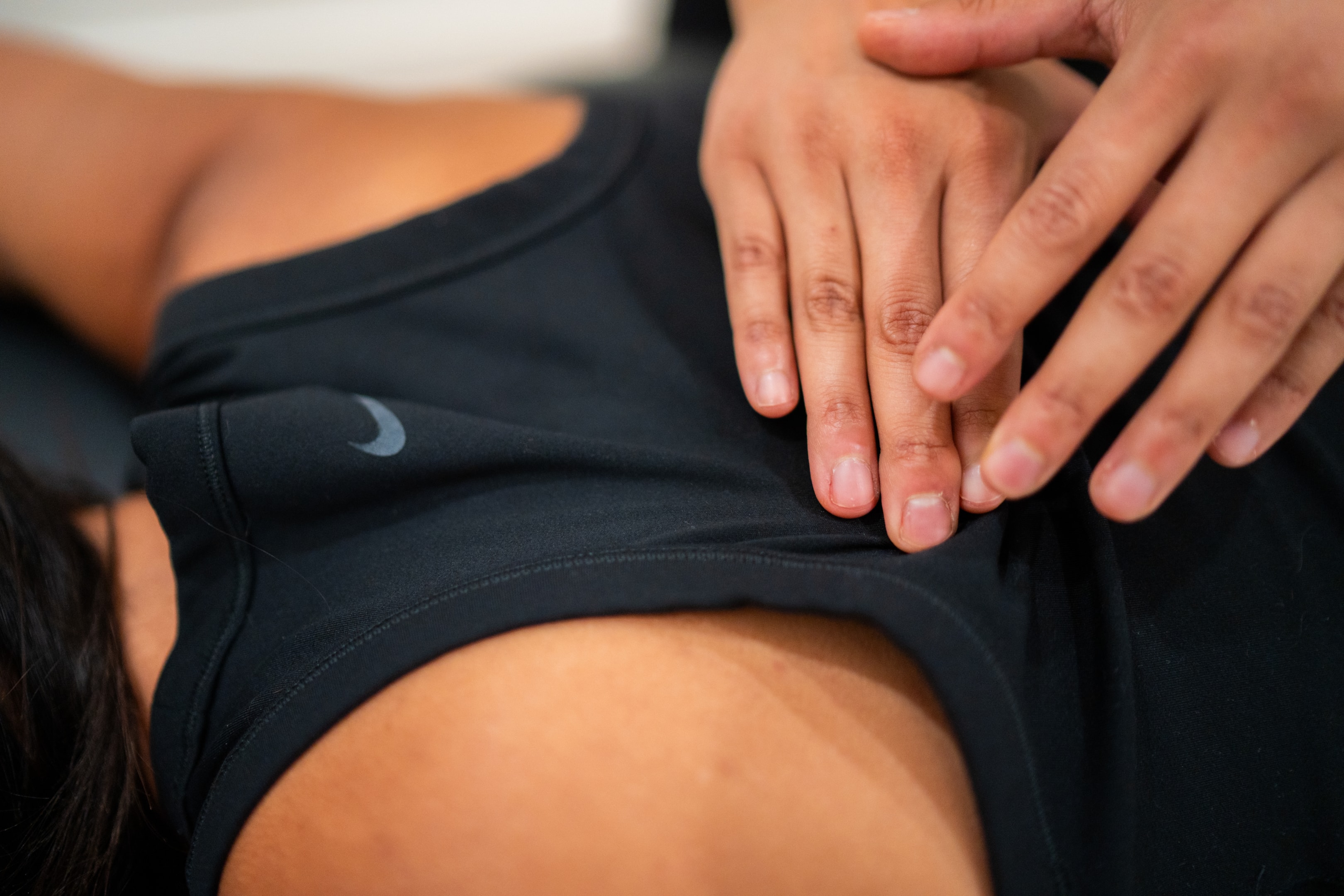
It is often linked to musculoskeletal issues like muscle strain, rotator cuff irritation, frozen shoulder, or acute injury. It can also arise from spinal problems or even internal conditions that “refer” pain to the area. The sensation may be sharp, dull, burning, or radiating—and knowing the difference helps narrow down the cause.
Localized pain in the back of the shoulder may indicate specific shoulder problems that require targeted evaluation, especially if the pain worsens over time or interferes with daily activities.
Shoulder Blade Discomfort
Pain in the back of the shoulder is often felt around or under the shoulder blade (scapula). This is because the shoulder blade serves as a foundation for many muscles that stabilize and move the shoulder joint. Inflammation of the bursa, a fluid-filled sac that cushions the joint, can also cause pain and restrict shoulder motion in this area. When the joint is stiff or dysfunctional, the scapular muscles overcompensate, leading to tightness and soreness.
Relieve Shoulder Blade Pain
As a PT, I often prescribe gentle, posture-friendly exercises to relieve shoulder blade pain:
- Shoulder blade squeezes: Sit tall, pull your shoulder blades back and down, hold for 5 seconds, and relax.
- Wall angels: With your back against a wall, slowly raise and lower your arms like making a snow angel.
- Child’s pose stretch: Kneel on the floor, reach arms forward, and let the upper back open up.
- Heat or warm shower: Loosens tight muscles and makes stretching more effective.
These simple movements, done consistently, can help reduce strain and restore balance in the upper back.
Referred Pain
Not all shoulder pain originates in the shoulder. This phenomenon is called referred pain, which refers to pain felt in the shoulder that actually originates from another structure or area. For example, issues in the neck, spine, or even internal organs can radiate into the back of the shoulder. Distinguishing called referred pain from local shoulder dysfunction is critical in developing the right treatment plan.
Frozen Shoulder
Frozen shoulder (adhesive capsulitis) is one of the most restrictive conditions I see. It occurs when the capsule around the shoulder joint thickens and tightens, causing stiffness and limited range of motion. Patients often describe difficulty lifting the arm overhead, fastening a bra, or reaching into a back pocket.
Stages of frozen shoulder:
- Freezing: Painful and gradually stiffening (6 weeks–9 months).
- Frozen: Less pain, but severe restriction (4–6 months).
- Thawing: Motion slowly returns (6 months–2 years).
Physical therapy focuses on gentle mobility exercises, joint mobilizations, and progressive stretching to shorten recovery time and reduce pain in the back of shoulder.
Poor Posture
Posture plays a huge role in shoulder health. Hours of sitting slouched, leaning forward at a desk, or scrolling on a phone contribute to poor posture, which strains the muscles around the back of the shoulder. Over time, this creates imbalances and chronic pain.
PT tip: Strengthening the upper back and core, while stretching the chest, can dramatically improve posture and relieve shoulder blade pain. Make it a habit to practice good posture as part of your daily routine to prevent back and shoulder pain. Small habits—like keeping screens at eye level and using a supportive chair—go a long way.
When Shoulder Pain Could Be a Heart Attack
While most pain in the back of the shoulder is musculoskeletal, sometimes it can be a warning sign of something more serious. Heart attacks can cause pain that radiates into the left shoulder, jaw, or arm. If you notice sudden shoulder pain along with chest pressure, shortness of breath, nausea, or dizziness, seek prompt medical attention immediately. It’s always better to be cautious.
Cervical Herniated Disc
The neck (cervical spine) can be a hidden culprit for back-of-shoulder pain. A cervical herniated disc is a type of bulging or ruptured disc, where the cushioning discs between the vertebrae bulge or rupture, pressing on nearby nerves. This can cause radiating pain that spreads from the neck into the shoulder blade, arm, or even fingers. Symptoms often include tingling, numbness, or weakness.
Physical therapy treatments may include posture training, traction, nerve glides, and gentle strengthening exercises to reduce pressure and improve stability.
Causes of Shoulder Pain
Pain in the back of shoulder can come from many sources. Common causes include:
- Frozen shoulder
- Rotator cuff strain or tear
- Rotator cuff tendon injury
- Cervical herniated disc
- Compression fracture
- Dislocated rib
- Shoulder dislocations
- Poor posture
- Referred pain from internal organs (like the heart)
Because the shoulder is a complex joint, pinpointing the exact shoulder condition often requires a detailed evaluation from a PT or physician.
Compression Fracture
A compression fracture in the spine—often due to osteoporosis—can cause back and shoulder pain. When a vertebra collapses, it alters spinal alignment and strains nearby muscles, sometimes felt as pain in the back of the shoulder. Medical imaging and consultation are necessary here, as treatment may involve bracing or medical management in addition to physical therapy.
Dislocated Rib
A dislocated rib can mimic shoulder blade pain. When a rib slips out of alignment, it can affect the rib cage and surrounding muscles, irritating nerves and creating sharp pain with deep breaths, lifting, or twisting. Manual therapy, breathing exercises, and gentle mobilization are common PT strategies to restore rib alignment and reduce pain.
The Role of Physical Therapy
As a PT, I view physical therapy as the cornerstone of recovery for shoulder pain, especially when dealing with pain in the back of the shoulder. Physical therapy is a key component of pain management for shoulder issues, providing specialized interventions to reduce pain and improve quality of life. While rest or medication may provide temporary relief, PT targets the underlying causes—whether that’s stiff joints, weak muscles, poor posture, or nerve irritation. The goal is not only to reduce pain but also to restore strength, range of motion, and confidence in your daily movements.
Depending on the cause, treatment may include:
- Gentle stretching: Movements such as pendulum swings, towel stretches, wall climbs, and cross-body reaches help restore mobility gradually. We start slowly, working within your comfort zone, and progressively expand your range as the shoulder adapts.
- Strengthening: Building strength in the rotator cuff, scapular stabilizers, and postural muscles provides the foundation for healthy shoulder mechanics. This often includes resistance band exercises, light weights, and bodyweight drills that retrain your shoulder to function smoothly and safely.
- Postural training: Poor posture is one of the most common contributors to pain in the back of shoulder. As PTs, we focus on postural awareness, ergonomic corrections, and exercises to open the chest and strengthen the upper back. This improves alignment and reduces unnecessary strain on your shoulders.
- Manual therapy: Hands-on techniques like joint mobilization, soft tissue release, myofascial release, and gentle stretching can help relieve stiffness, improve circulation, and restore normal joint mechanics. Many patients notice immediate relief and improved mobility after these sessions.
- Modalities: Depending on your needs, we may use heat, ultrasound, cold therapy, or electrical stimulation. These tools don’t fix the root cause but create the right environment for healing by calming inflammation and easing discomfort.
What makes PT unique is personalization. No two patients experience pain in the back of the shoulder in the same way.
Prompt Medical Attention
There are situations where shoulder pain requires urgent care:
- Sudden severe pain after an accident (possible fracture or dislocation)
- Numbness, tingling, or weakness spreading into the arm or hand
- Shoulder pain with chest pain, dizziness, or difficulty breathing (possible heart attack)
Never ignore these red flags, and seek treatment from a healthcare professional immediately if you experience any of them.
Herniated Disc vs. Frozen Shoulder
It’s easy to confuse herniated disc pain with frozen shoulder. Here’s a quick breakdown:
- Frozen shoulder: Dull ache, stiffness, loss of range in all directions.
- Herniated disc: Sharp, shooting pain, sometimes described as stabbing pain due to nerve involvement, often worsens with neck movement, sometimes with numbness.
A PT assessment can determine the root cause and guide you toward the right care.
Final Thoughts
Pain in the back of shoulder can be overwhelming, but it’s treatable with the right combination of self-care, physical therapy, and lifestyle changes. Whether your pain stems from frozen shoulder, posture, a disc issue, or even something more serious, understanding the source is the first step toward relief.
With time, patience, and consistent effort, most people regain mobility and return to pain-free living. Don’t ignore your symptoms—get evaluated, start treatment, and take control of your recovery.
Take the Next Step with Pelvis NYC
If you’re dealing with persistent pain in the back of the shoulder, don’t wait. At Pelvis NYC, our expert physical therapists provide personalized, hands-on care to address the root cause of your pain. From posture training to targeted exercises, we’ll help you move better and feel better.
👉 Book your appointment with Pelvis NYC today and start your journey to recovery.

